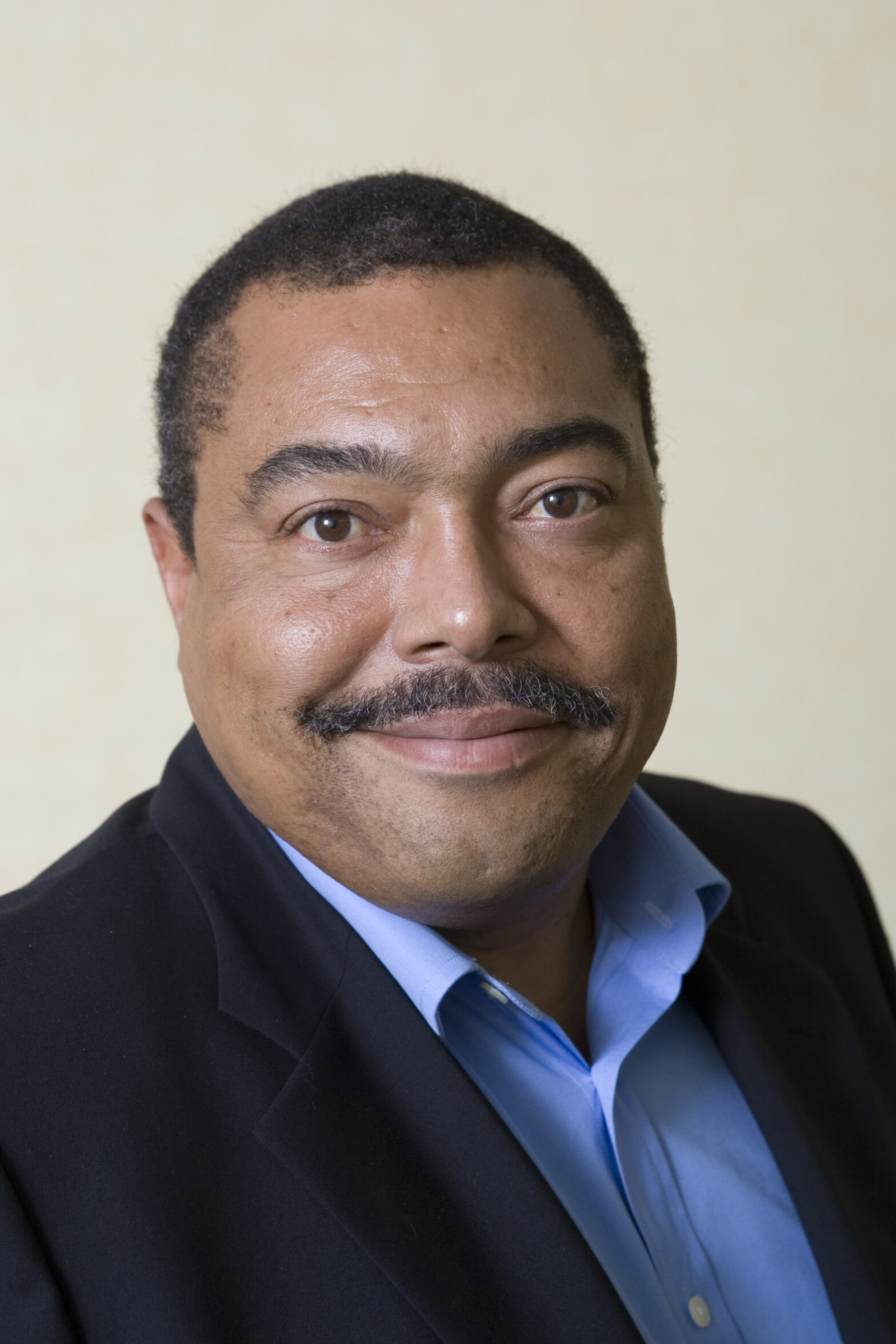By the time it came to setting up SaaSID, technology entrepreneur Ed Macnair had been through the cycle before.
He’d acquired content security business Marshal back in 2005 through a management buy-out and tripled revenues in two years before offloading it to American buyer 8e6 Technologies – when the combined entity became M86.
His new business, he says, came about from monitoring the emergence and growth of cloud services and realising where problems lay.
‘The biggest inhibitor to adoption was security, so I went out and talked to different CIOs I knew and asked them about the issue,’ Macnair explains.
‘Everyone knew they had to move but were worried about how they would gain visibility onto what they did on third party apps.’
SaaSID has caught on to the trend of multiple devices – such as computers, tablets, digital TVs, games consoles and cars – which all need management when it comes to web applications.
Macnair was in an advantageous situation in that he could assemble a team he knew and trusted from working with them at previous businesses. With success achieved before, Macnair says that the rationale was ‘why couldn’t we again?’
The exit, to an American buyer, was secured a year after the business officially launched at CloudForce in May 2012, and two years after the idea was first formed.
Despite his track record of building up successful businesses and exiting them, Macnair was not able to get funding early doors.
‘We put together a small tech team and built a proof of concept and realised that it was impossible, and still is impossible, to get funding for an idea – so we had to bootstrap it,’ he reveals.’
Run from risk
It wasn’t until the first quarter of 2012 that SaaSID had the momentum and metrics to support external investment, but this did not stop venture capital firms from uttering the four words no entrepreneur wants to hear: ‘more customers, more revenues’.
‘I did the rounds of all the VCs, but time and time again we heard: “come back when you’ve got customers and revenue”, and then it was, “come back when you’ve got more customers and more revenues”.
‘So I talked to some friends in the technology world – everybody liked the idea – and we put together a small group of angels.’
Through three tranches of funding, Macnair and SaaSID raised £1.5 million of angel funding, with the company’s earliest backers recouping 10x their initial commitment when the sale was made.
Macnair’s experience with British VCs is similar with that of many others in his situation, and his complaint in the same – lack of risk appetite.
When quizzed on whether he was ever tempted to stick with SaaSID and continue to grow it, Macnair links it back to the venture capital struggle.
‘There was a temptation; on many occasions I thought that. I’d spent a fair bit of time in the US talking to VCs out there where appetite for early-stage business is far greater than it is here,’ he explains.
‘So we had significant interest from investors there, it was very tempting, but so was the Intermedia offer.’
More on Ed Macnair:
The venture landscape in the UK is very different, Macnair states, where there is a great lack of entrepreneurial spirit amongst investors.
‘Everyone wants a sure thing, which isn’t really venture. I think people who count themselves as VCs here want to operate as private equity guys.’
The exit that saw Macnair sell his SaaSID to Intermedia was not from a source that he saw coming. After swatting away two other approaches in February of this year from competitors, as he thought it was too early, Intermedia arrived on the scene having initially been a customer.
‘The more time they spent with us the more comfortable they became, and then out of the blue they made a great offer.
‘It was not only great value, but a great fit with what we were doing. SaaSID was a very small UK-based company with 20 employees and they had 90,000 customers around the world so rolling out our product to all of them would have made us the biggest player in the market.’
His advice when it comes to closing a deal without loosing sight of what the business is doing is to have a rock solid team around you. Despite having a small tech and commercial set up, Macnair says it was their strength which enabled him to step back from the day-to-day running of the business to ensure that the exit went smoothly and on the right terms.
He’s a firm believer that if you build a great business you don’t need to go out looking for buyers as they will come to you. Building something to sell will result in a struggle, he adds.
Foot on the pedal
From approach to close, the exit deal was completed in ten weeks – quick work in today’s market but perhaps a reflection of the fact that the company only had a few years of financial reports to trawl through. Having agreed a price at outset, Macnair says that at no stage did Intermedia attempt to change that.
Despite securing another successful exit, Macnair is aware that the sale of promising, young UK technology businesses to larger US players can only go on for so long.
‘It’s a crying shame to see British technologies bought by US buyers. We should have the capability to grow technology companies in the UK and ultimately benefit by that, but I can count on one hand the successful UK software businesses,’ he exclaims.
Harking back to his struggles to find British venture capital funding in the early days of SaaSID’s growth, Macnair says it is a case of getting the requisite financial oxygen that is the critical element.
Getting back on the bandwagon and trying to build that next big British software firm is not something that Macnair will be doing just yet. For now he is happy in his new role as managing director for EMEA at Intermedia, where he will be heading up growth in the region – but watch this space.






